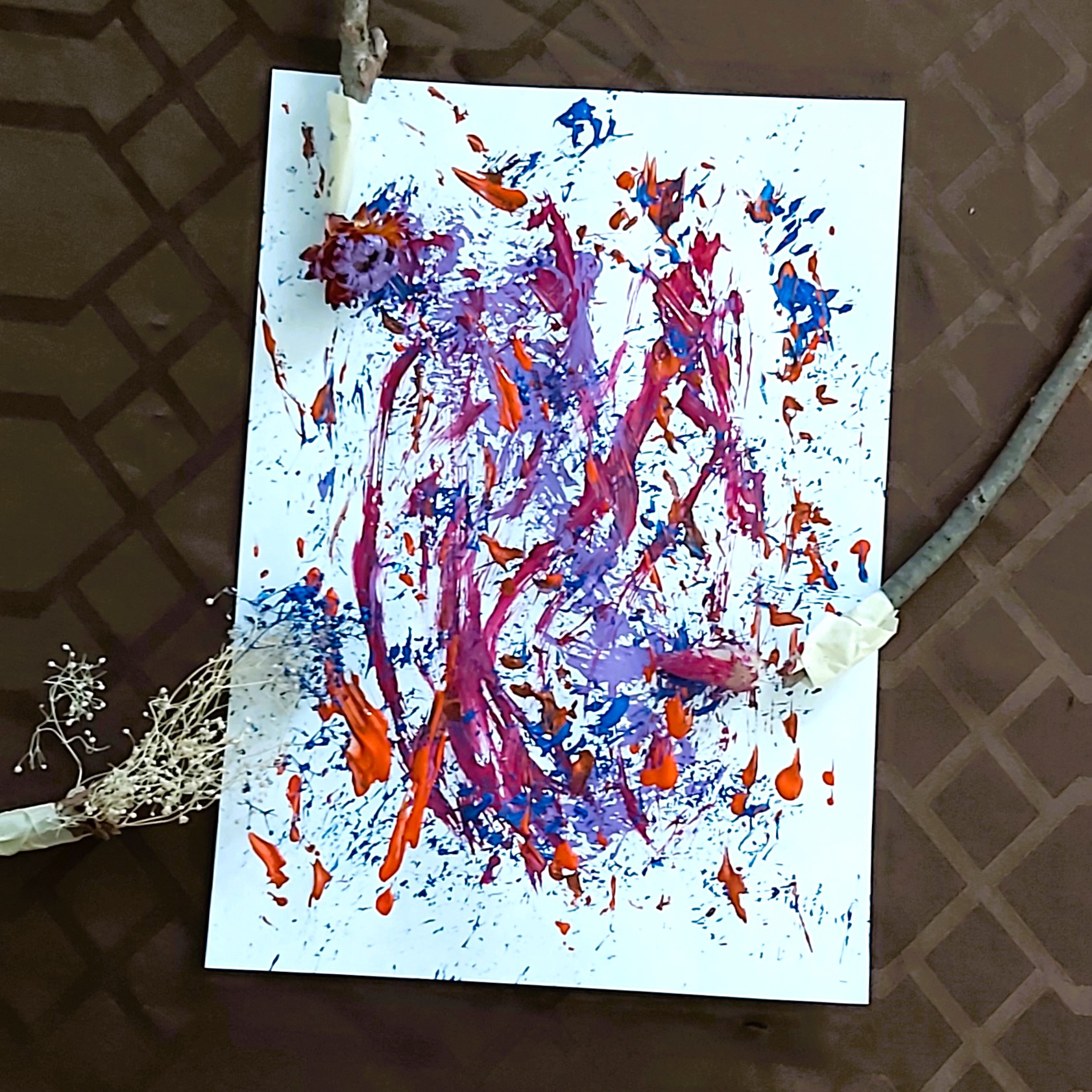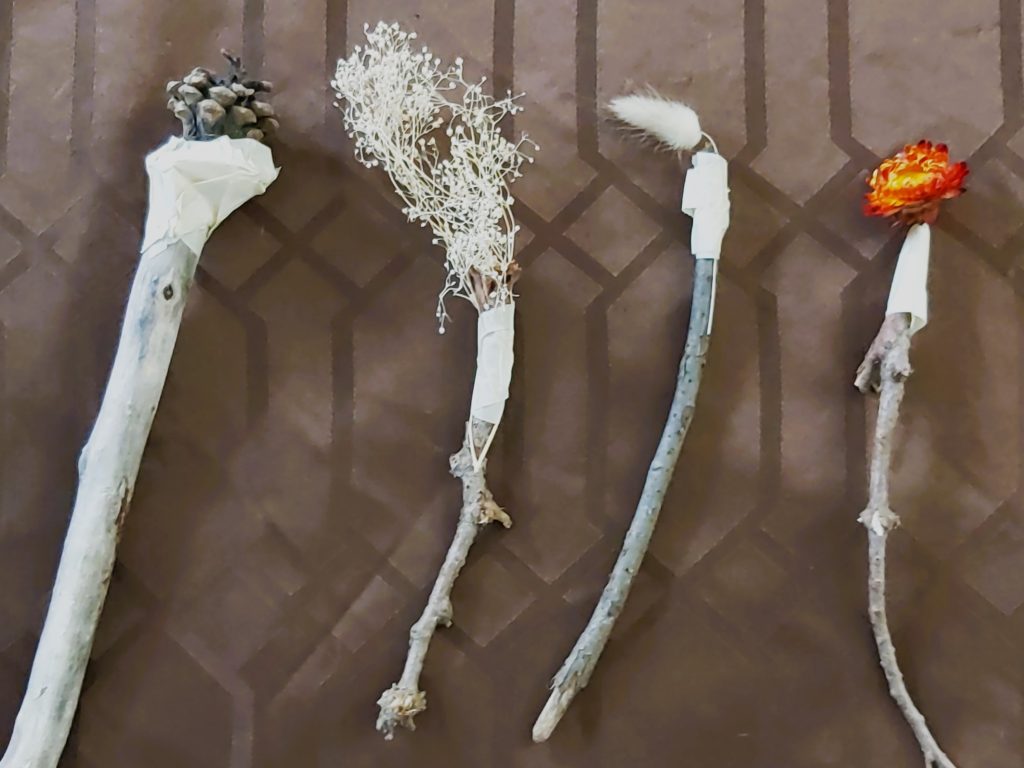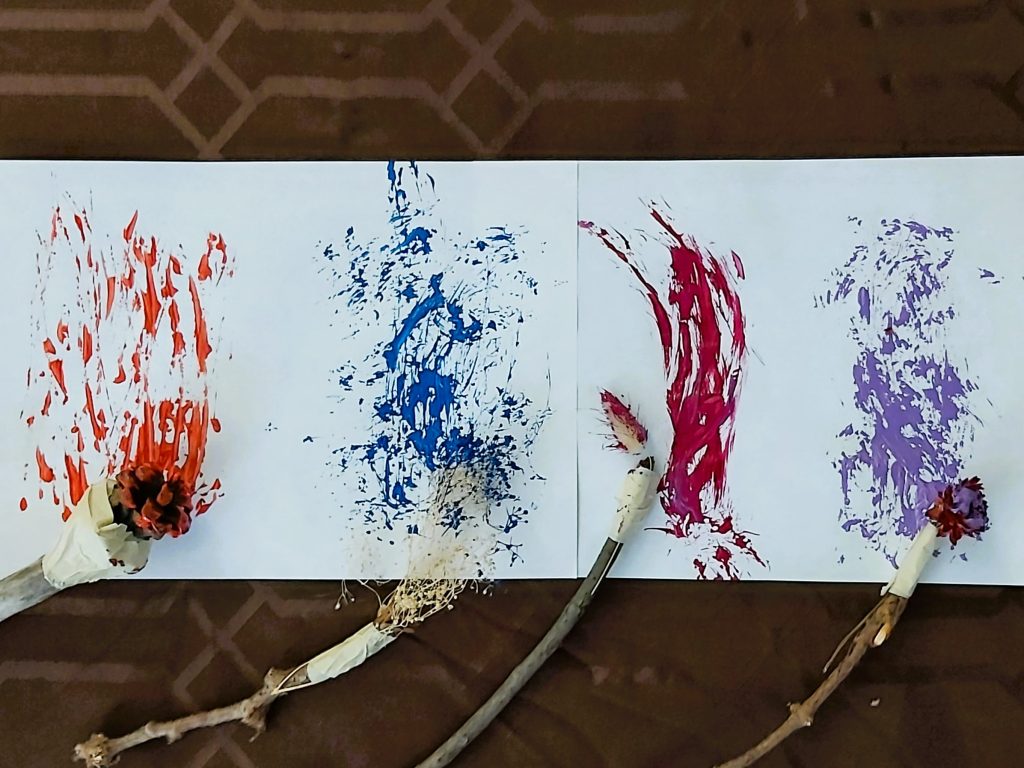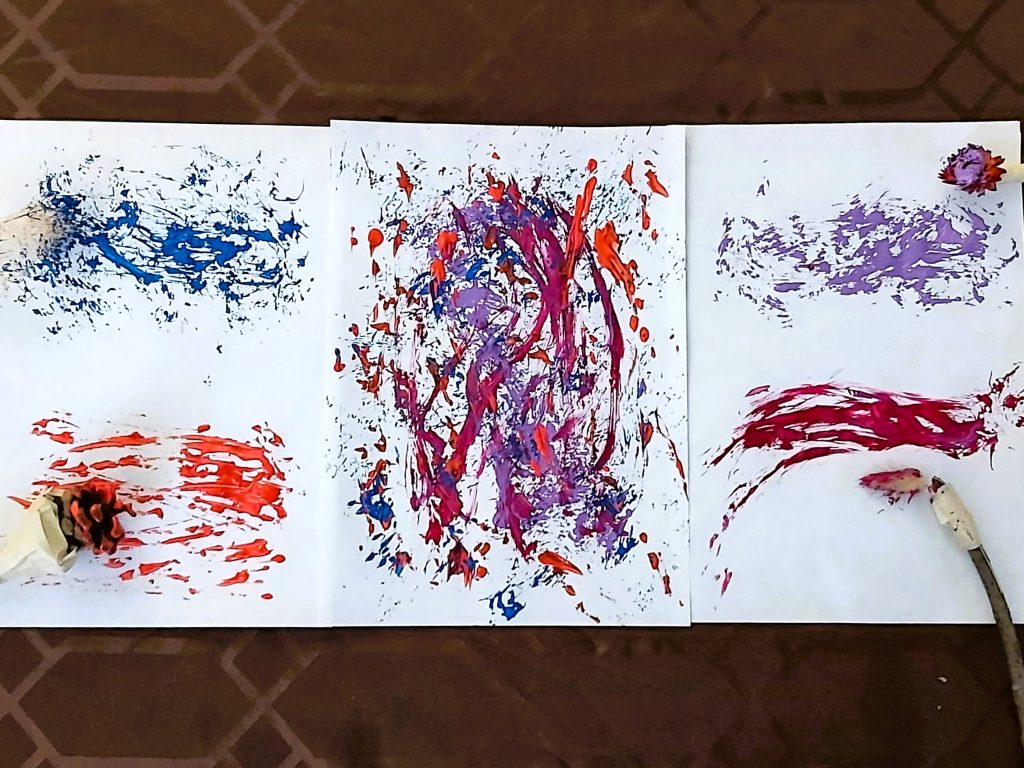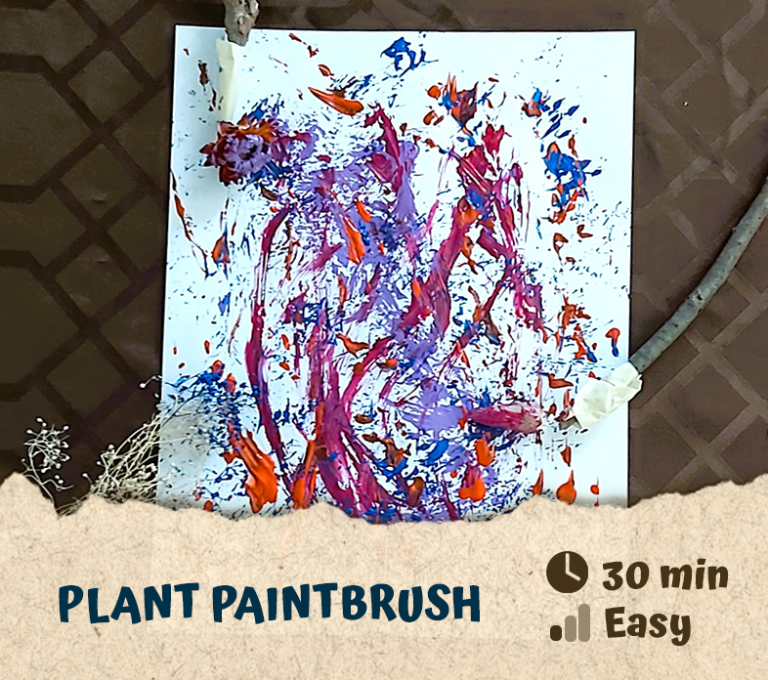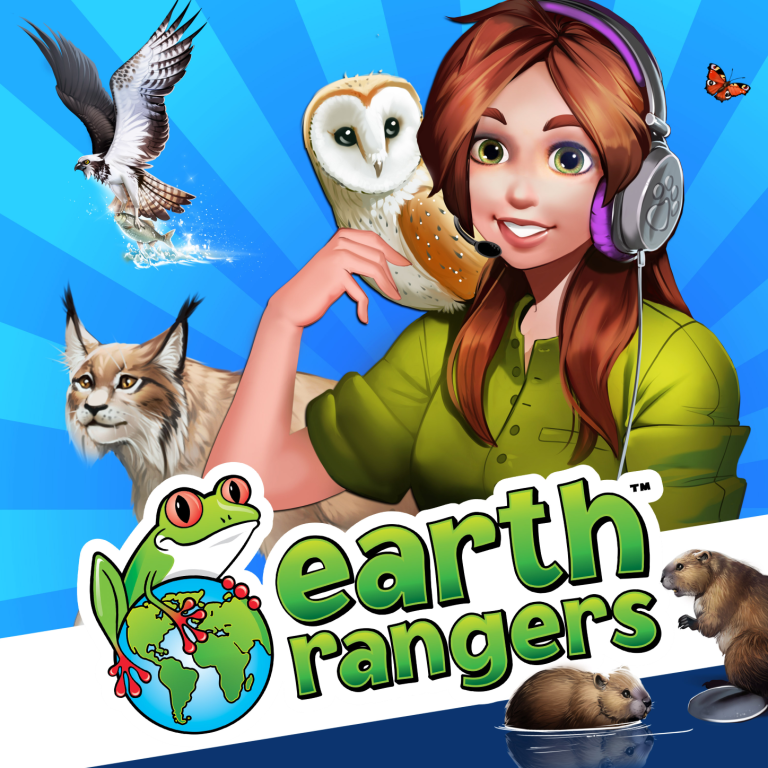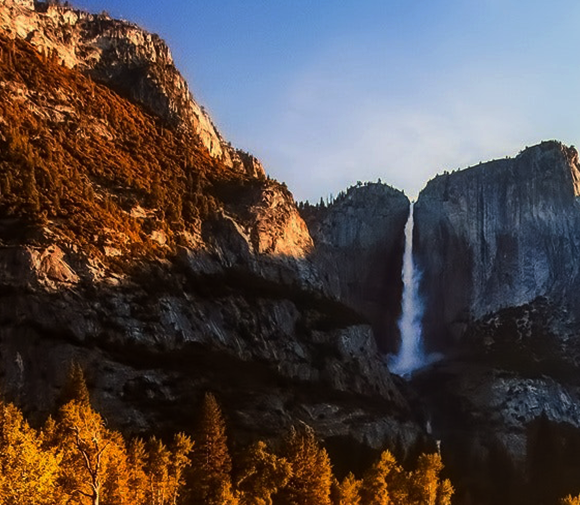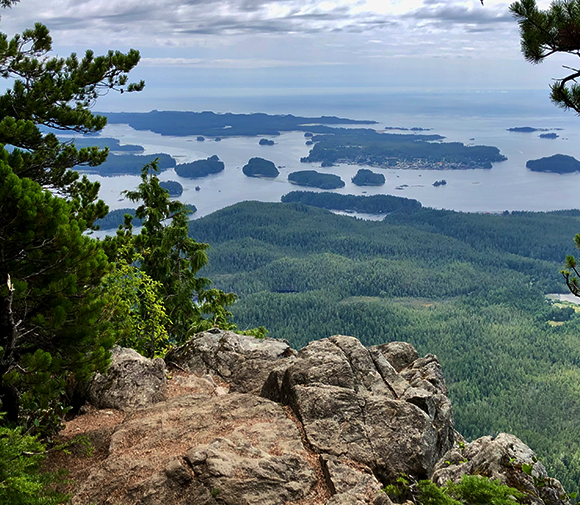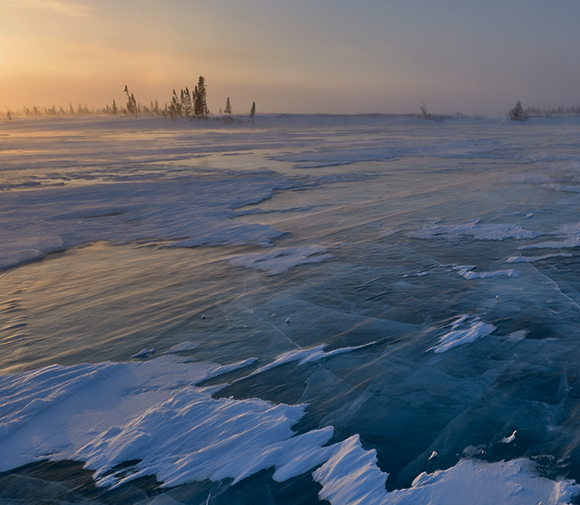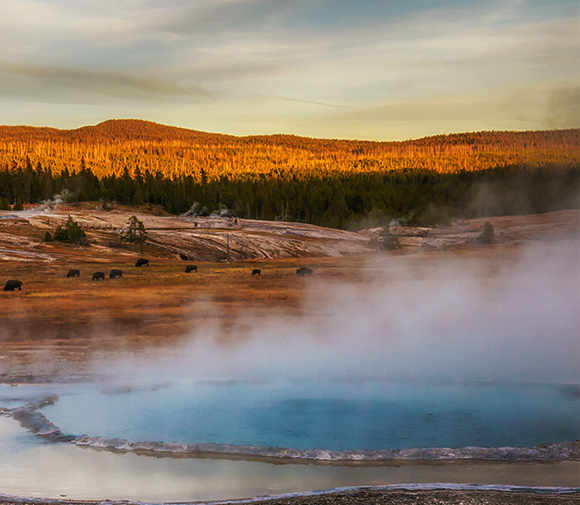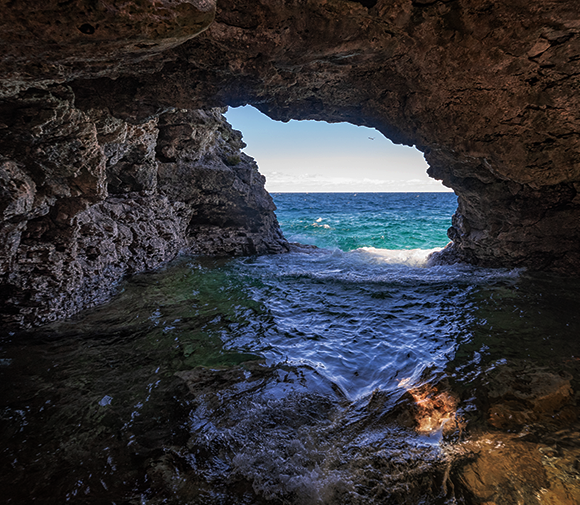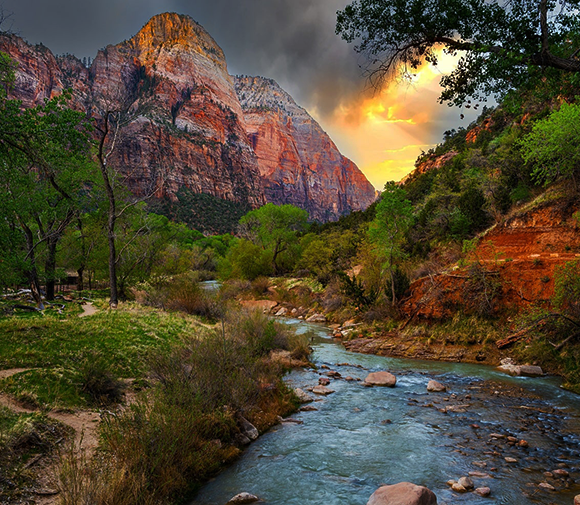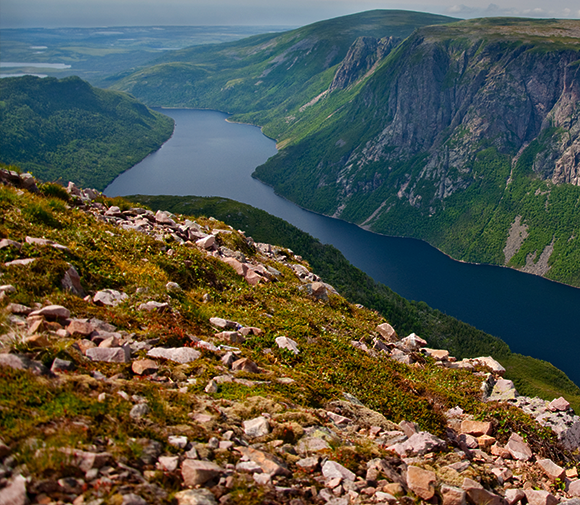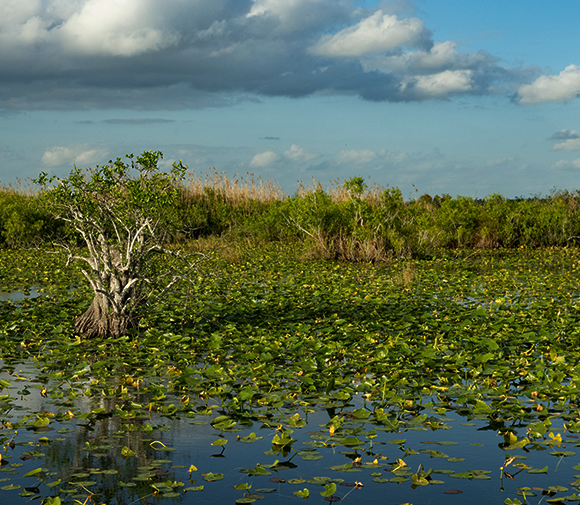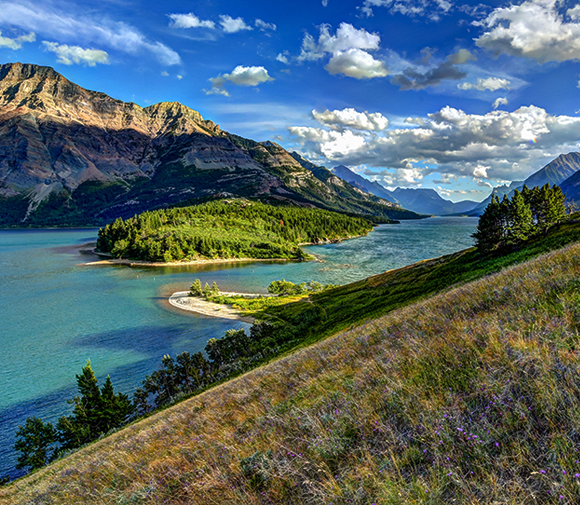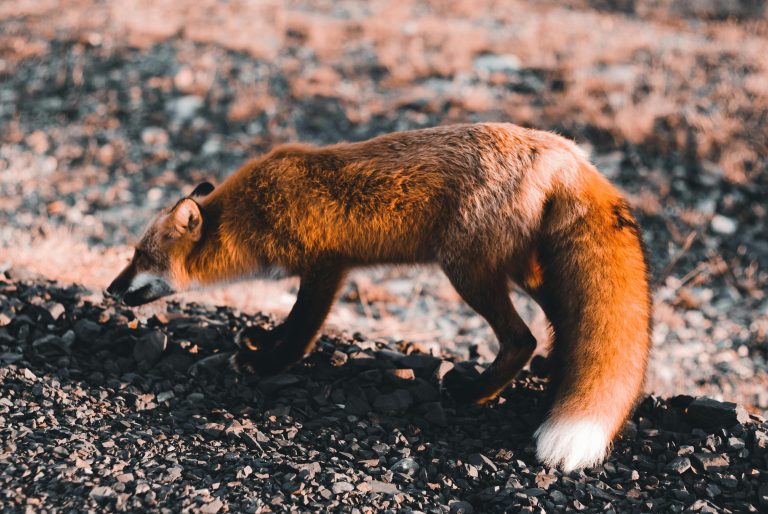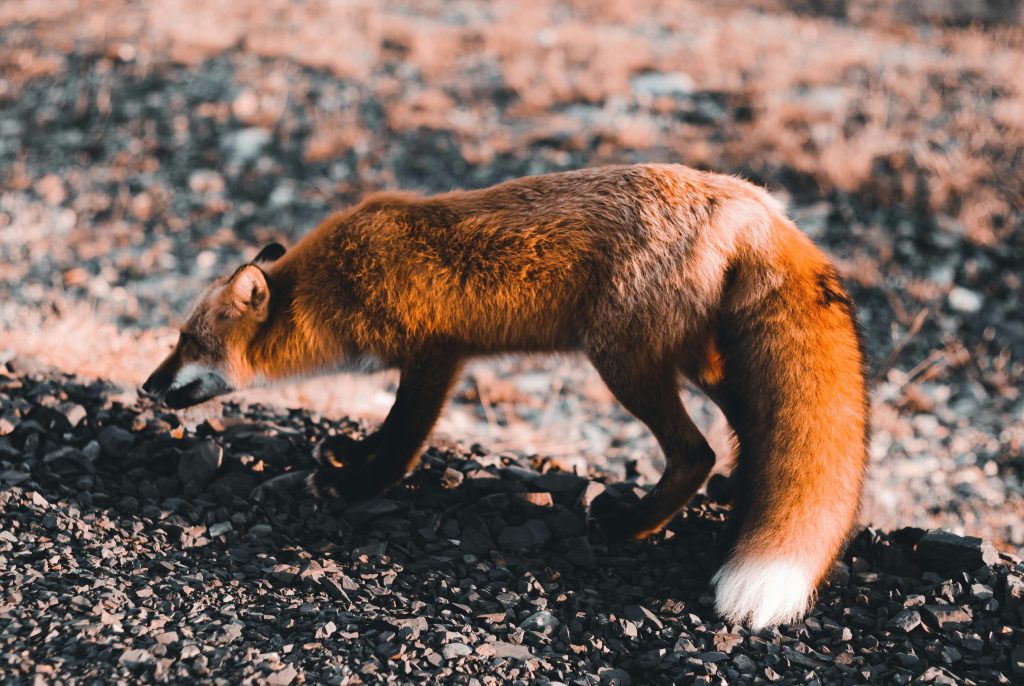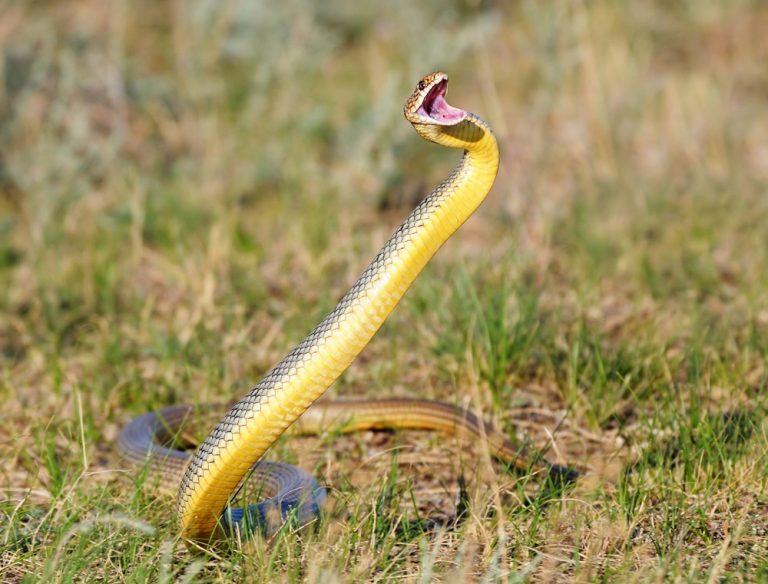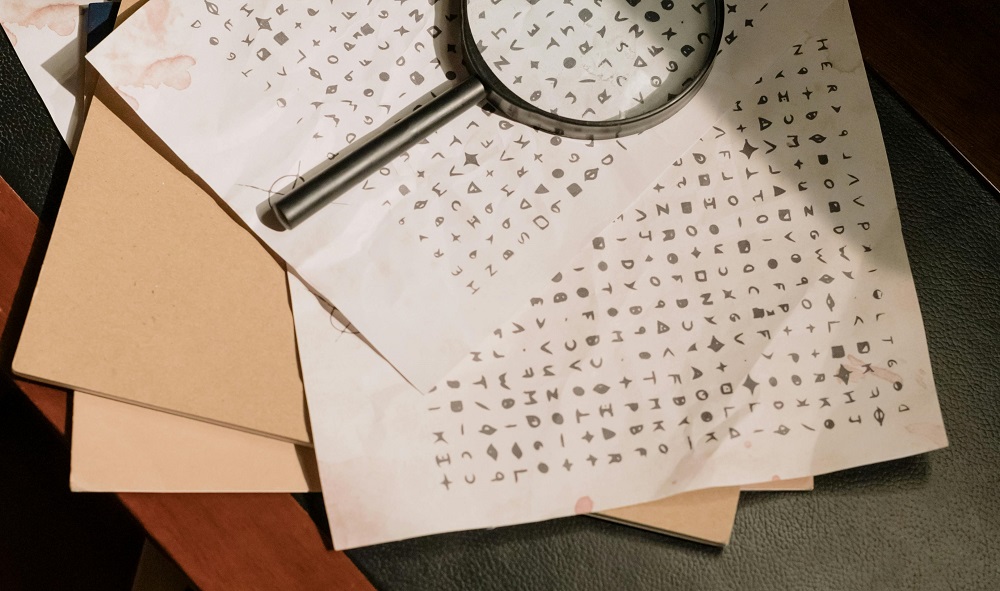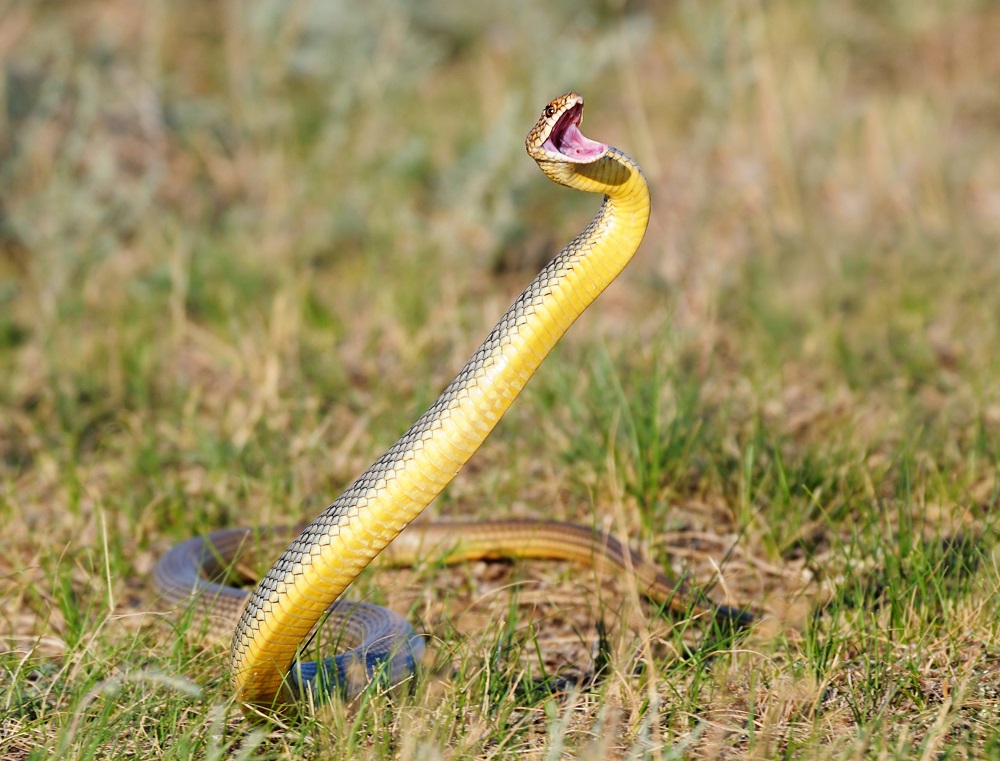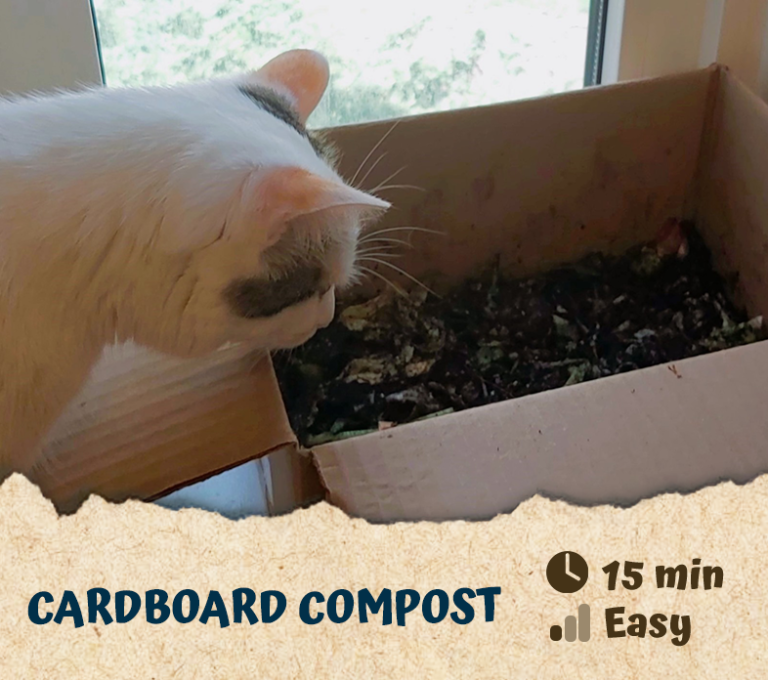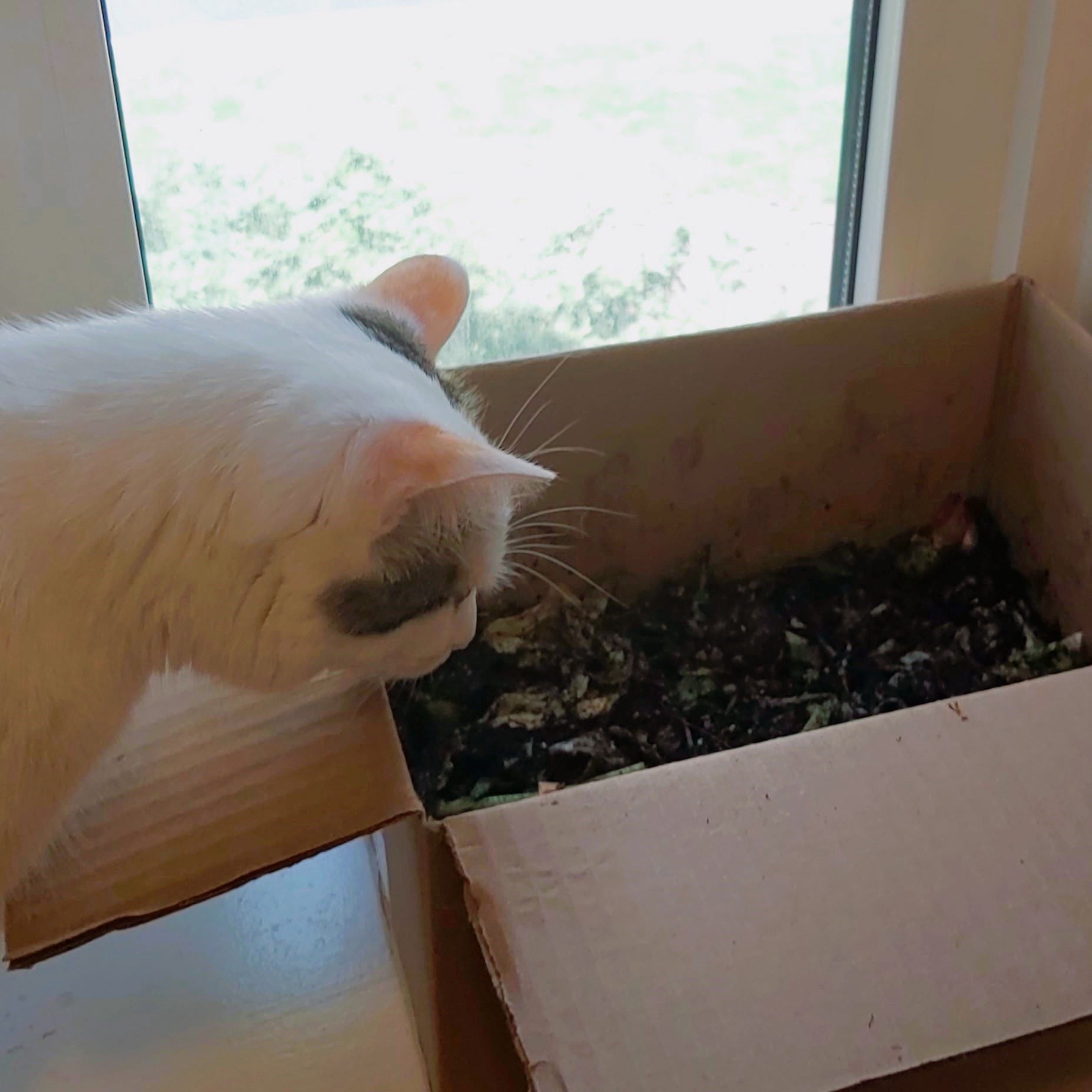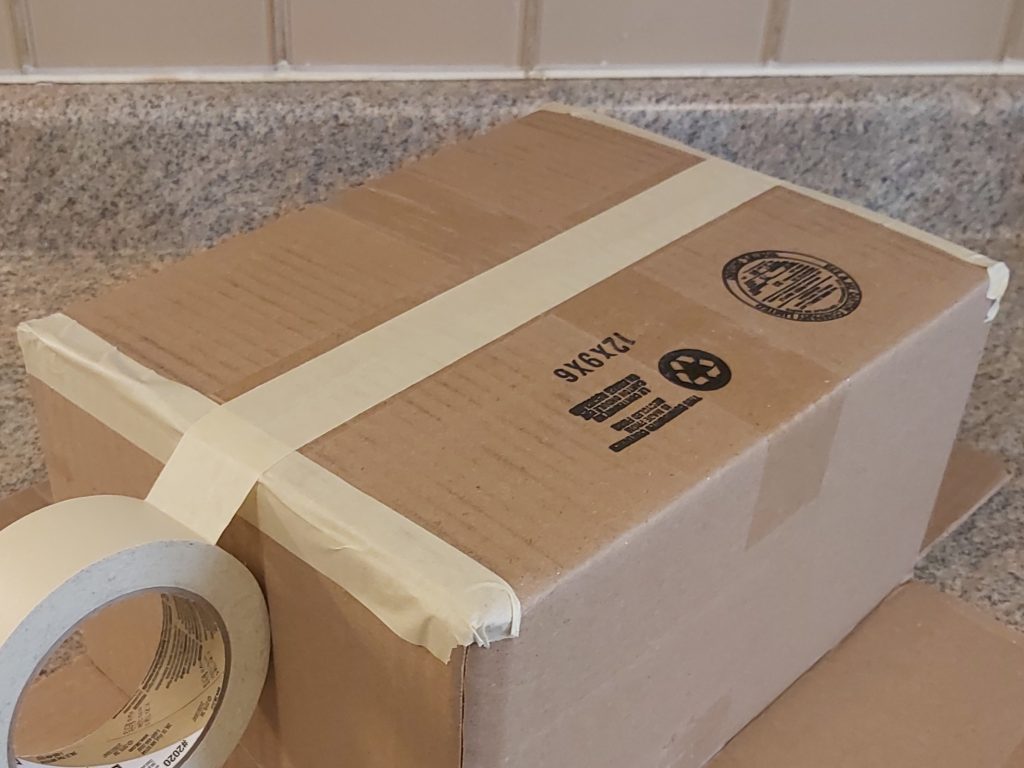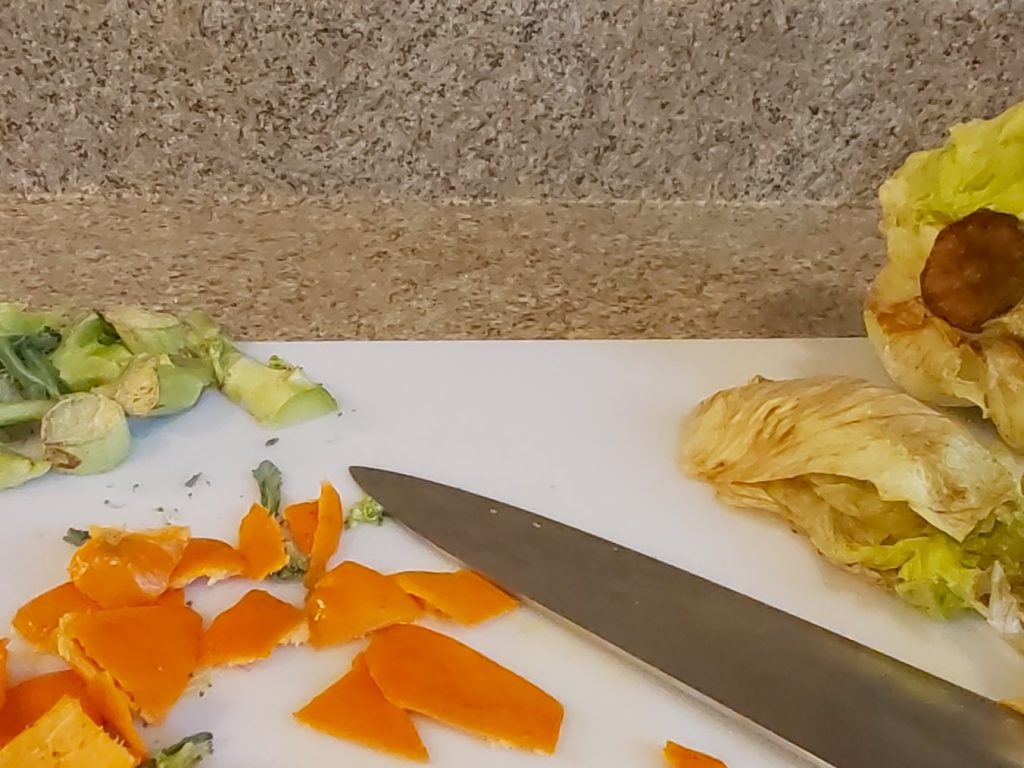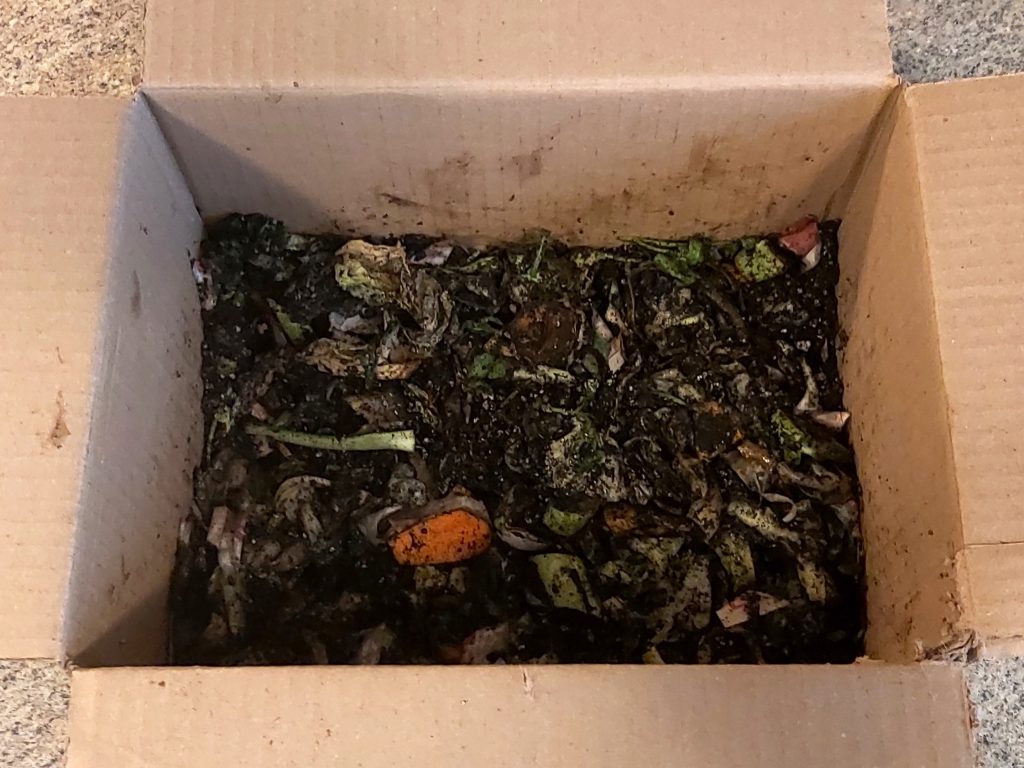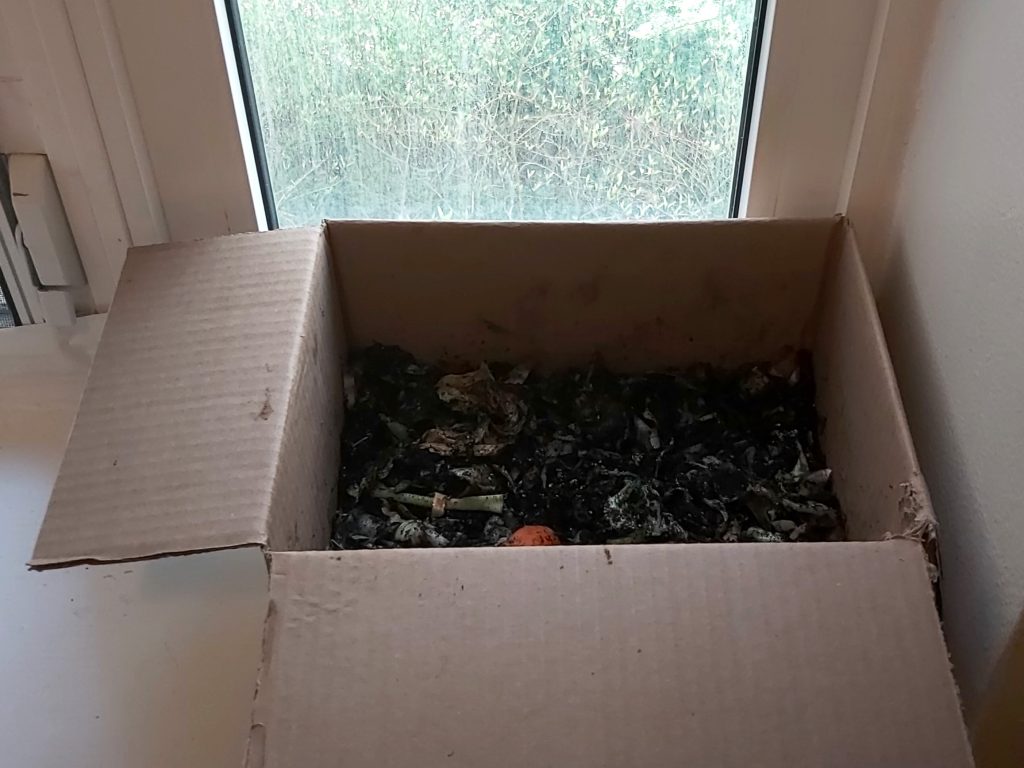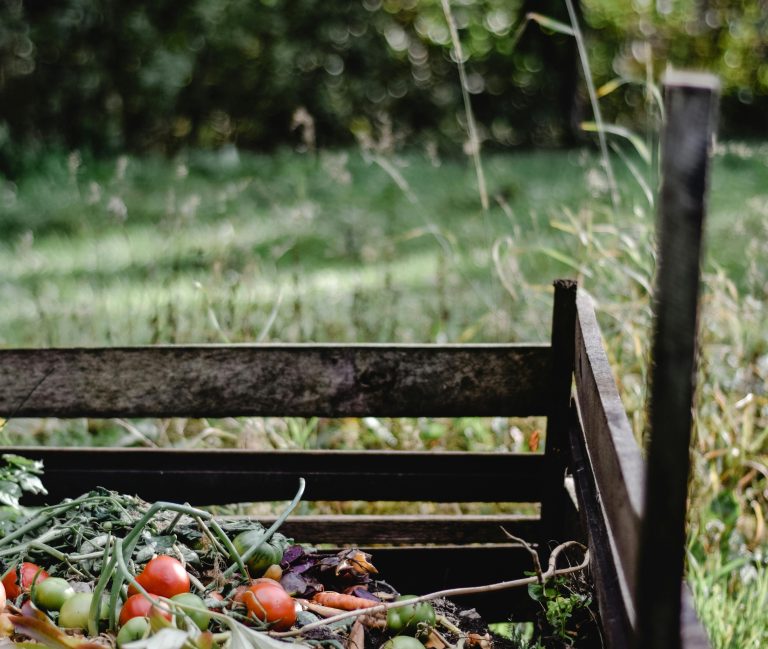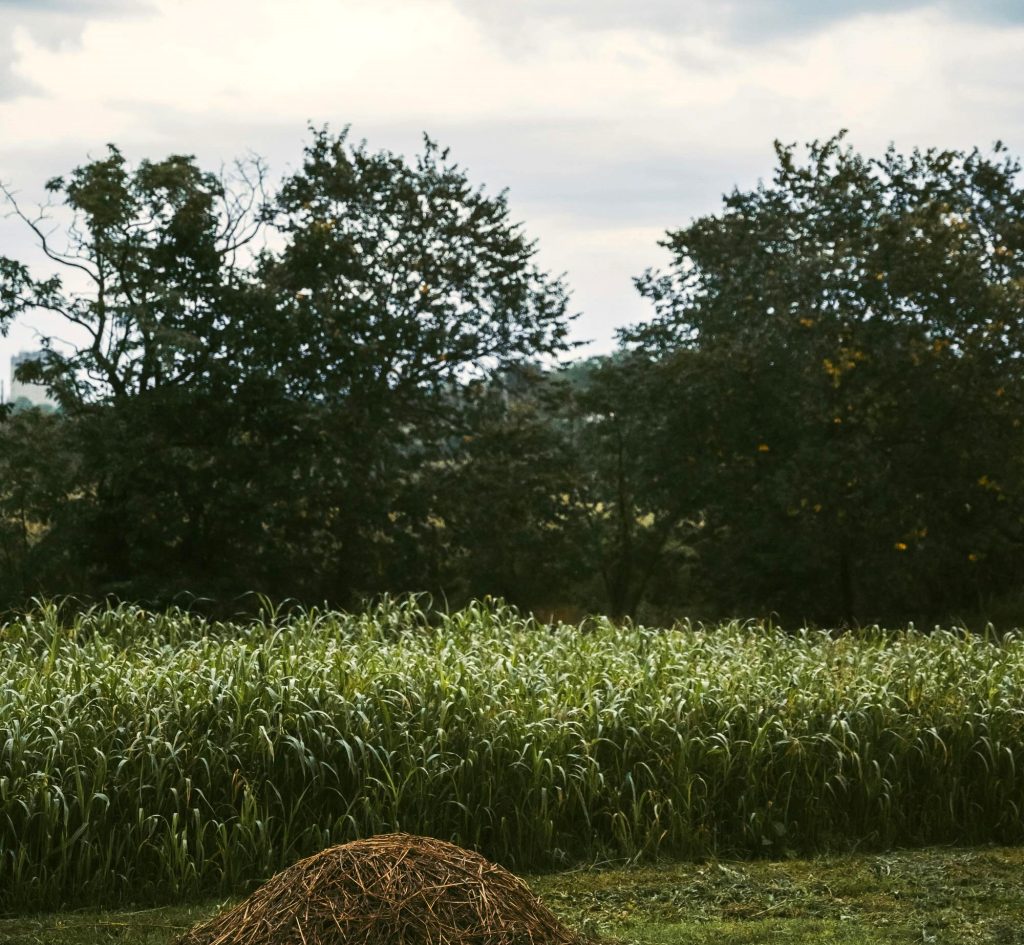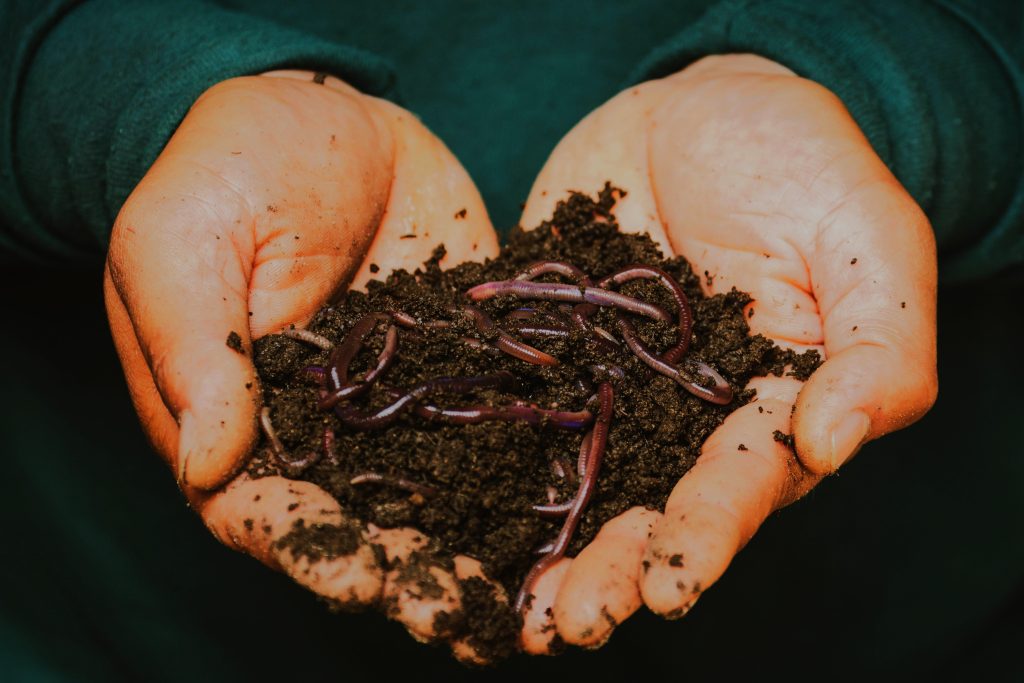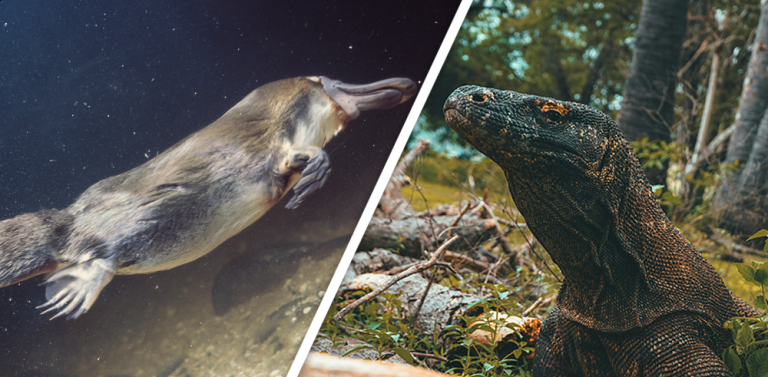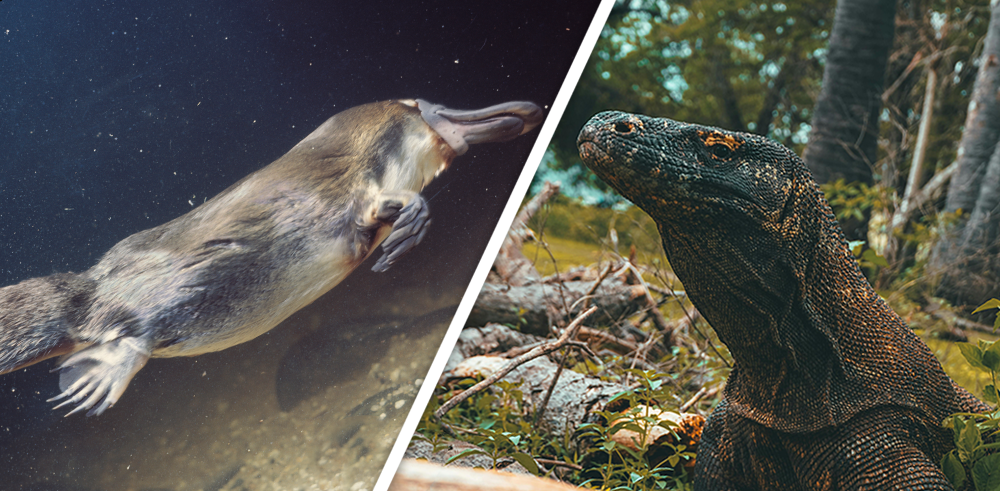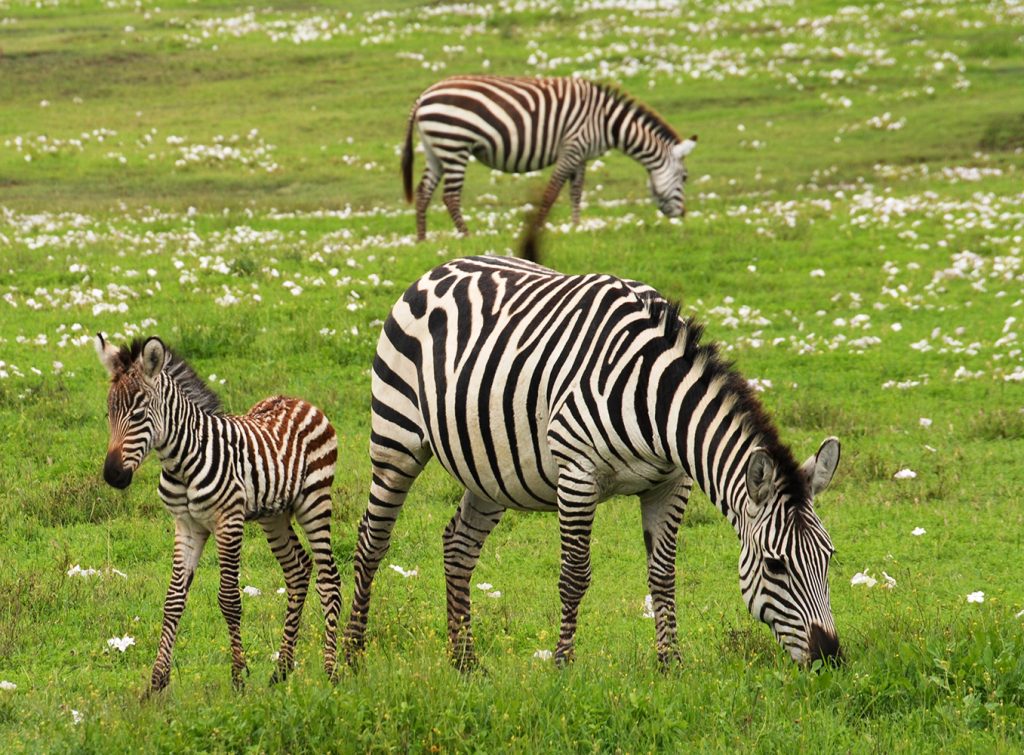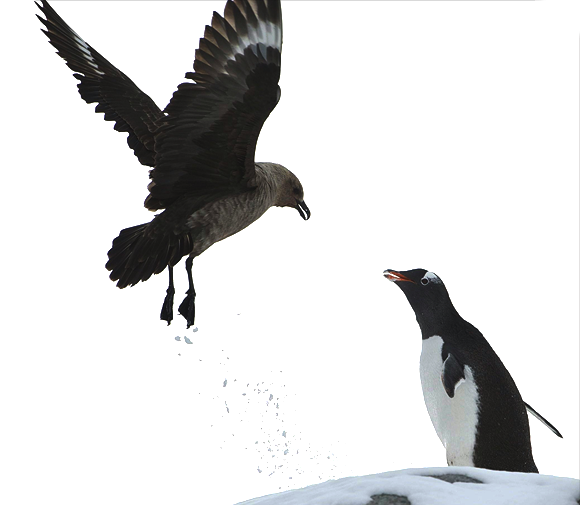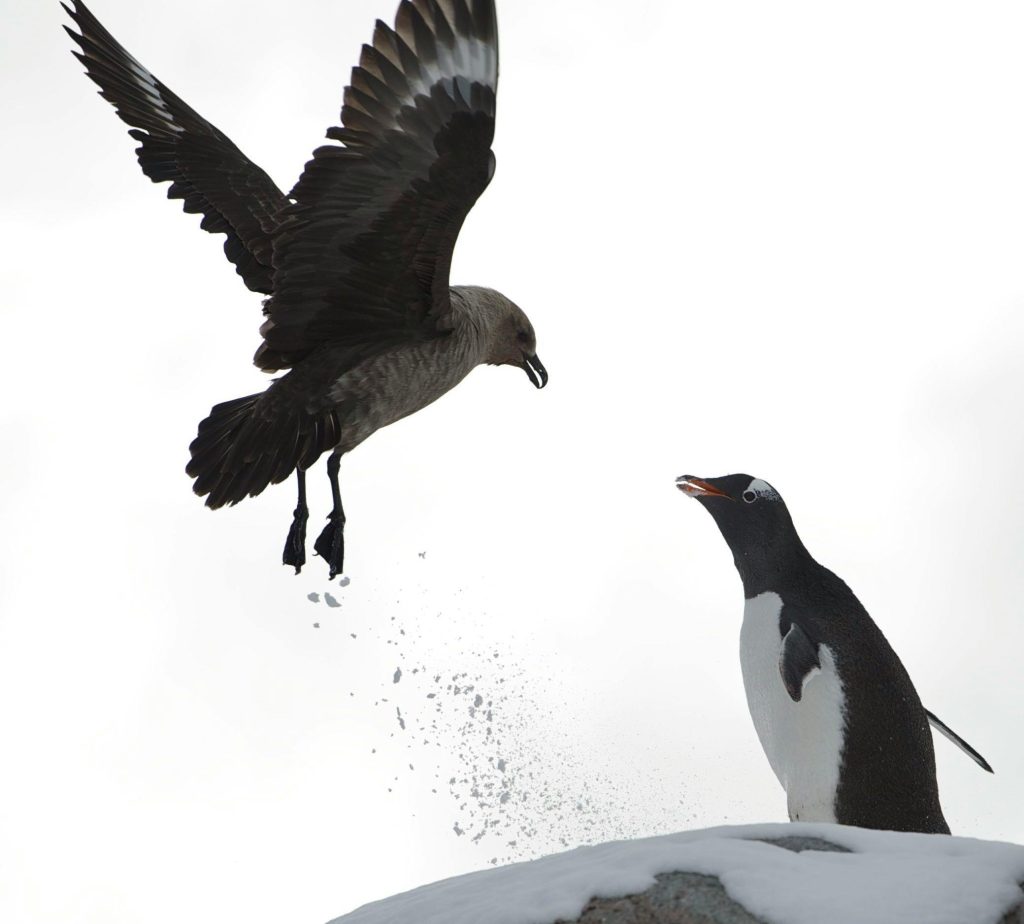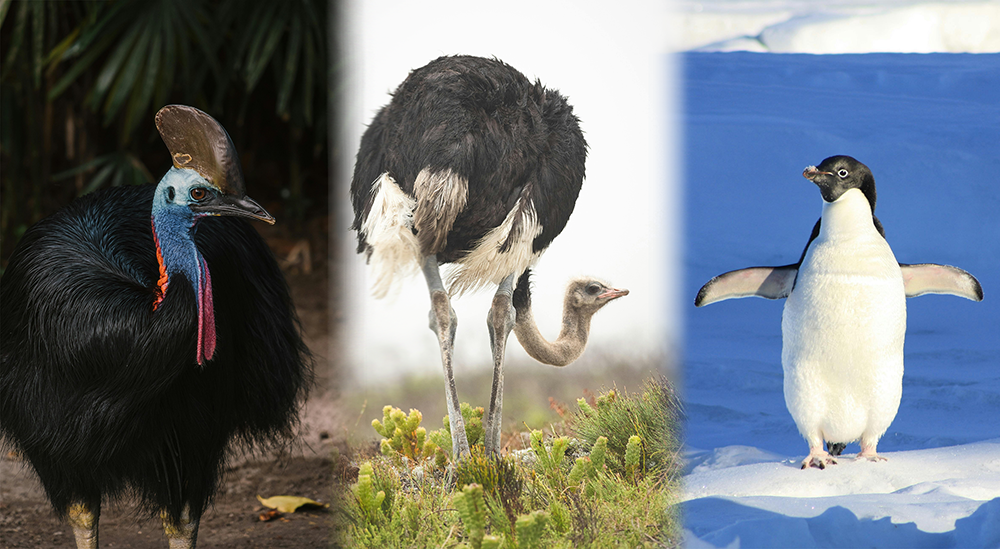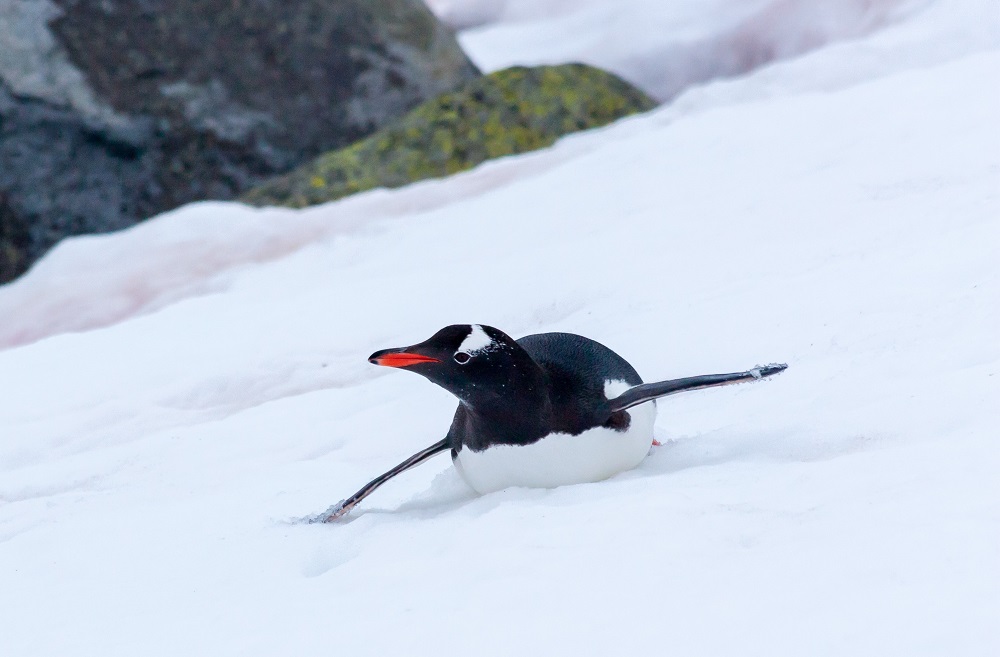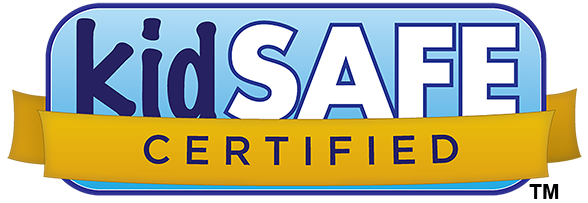Did you ever wonder why penguins forgot how to fly? I mean, they ARE birds, and they DO have wings – so at some point long, long, long ago – their ancestors could probably fly, right? They certainly didn’t SWIM to Antarctica after all.
So today, I’m exploring the mystery of flightless birds. What’s their whole deal??? Tune in to find out!
Where will we be looking for today’s question? Up? In the sky? In the tree branches? Deep under the sea? Or on ground level, among the grass and bushes? Yup! We’re back in the Down Under of Australia, the country of many mysteries!
What animal is said to be one of the only surviving dinosaurs, descendants of theropods? Birds! If you look up, you’ll likely see a bird flying through the sky, perched in a tree, or on a roof. These animals have mastered the skies, inspiring humans to make planes to join them. They’re strange, beautiful, delicate, and weird. So what kind of grounding conundrum are they facing?
THE QUESTION OF THE DAY:
Why are there birds that can’t fly?
Birds can be found in all shapes and sizes. There’s the tiny hummingbird, the soaring eagle, and the gigantic ostrich. Why can some fly, and others can’t? Is it because they’re too heavy? Have too small wings? Do they all need hollow bones to fly? Or is it something special? Vote on the answer you think is right! If you have any thoughts, share them in the comments below.
So… what’s the answer? Be sure to listen to know the full reason why! It might be a bit more complicated than you think…
A Special Muscle for some…
Ostriches and cassowary don’t have it, but the penguin does… what is it? The keel!
A Keel is a part of a bird’s breastbone, attached to their wings. It’s a super-important muscle for flight, so important that the keel is also used as a word for important “backbone” parts for planes and ships! Without a keel, birds like the cassowary, ostrich, kiwi, and rhea cannot fly. This group of flightless birds is called ratite.
Some ratites, like kakapo, may show “vestigial” keels – remains of this body part that disappeared from evolution. However, there’s one bird that still has it yet is just as grounded as us!
The slippery surfer!
Penguins – unlike other ratites DO have a keel. If they had bigger wings, they probably could fly! But with heavy bodies, their keel cannot support them. Instead, they focus on mastering swimming, and tobogganing across the ice! At least when they can’t fly like other birds, they’ve still got some fun special tricks. What do you think?
Do you have a fun animal mystery you want us to explore?
Let us know in the comments in the Earth Rangers App!
